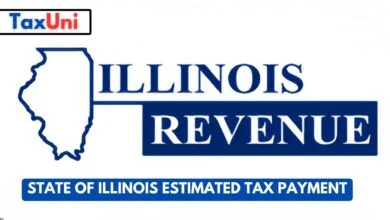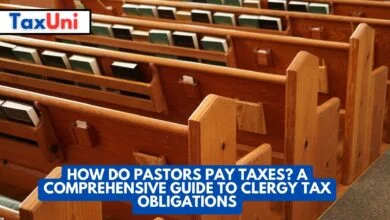Work Opportunity Tax Credit
Work Opportunity Tax Credit (WOTC) is a program that helps lower your business'sbusiness's taxes. This article will help you understand how Work Opportunity Tax Credit works and how to qualify for it.

The Work Opportunity Tax Credit (WOTC) is a federal program designed to help businesses increase their hiring of Americans who have historically faced barriers to employment. It is one of several programs introduced to promote diversity in hiring.WOTC is an incentive tax credit that can be claimed by taxable and tax-exempt employers. Both types of employers can claim the credit against their business income taxes, and they can carry back unused WOTC for up to 20 years or forward it as well. The credit is equal to 40 percent of qualified first-year wages for taxable employers. These include cash wages paid to new workers and supplemental payments made to employees under Social Security Act SS482(e).

Who Can Claim The Work Opportunity Tax Credit?
In order to qualify for the credit, employers must hire an individual who is a member of one of several target groups. They must also obtain a certification from their state workforce agency that the person is a member of a specific group before they can claim the credit.
- To claim the credit, employers must submit Form 8850 and Form 9061 to their state workforce agency. The forms must be submitted no later than 28 days after the employee starts working.
- Once the employer has received a determination, they must file the credit with the IRS on Form 5884. This credit is claimed against employees’ taxable social security wages and tips.
- Employers must verify that applicants have the appropriate identification documents to prove their eligibility for the WOTC. For example, the applicant must show a valid government-issued identification card or driver’sdriver’s license that clearly shows the person’sperson’s name, address, and date of birth.
- In addition, the person must have lived in an Empowerment zone, Enterprise community, or Renewal area for at least six months prior to being hired. After being hired, they must also remain living in the Empowerment zone, Enterprise community, or Renewal community.
- Individuals hired as Summer Youth employees must have completed at least 90 days of work between May 1 and September 15. The credit is 40% of the employee’semployee’s first-year eligible wages if they worked at least 120 hours but fewer than $400 hours and 25% of their first-year eligible wages if they worked more than 400 hours.
Unless otherwise specified, the WOTC credit is calculated as 25 percent of the first 120 hours of wages in the year that the individual begins employment. However, the tax credit is reduced by any supplementation payments made to an employee under Social Security Act SS482(e).
Vocational Rehabilitation Referrals and Ticket Holders – This target group includes individuals referred for vocational rehabilitation services or received them for at least two years before the hiring date.
Qualified IV-A Recipients – This target group includes individuals who are qualified recipients of Temporary Assistance for Needy Families (TANF). They must have been received for at least nine months during the 18-month period ending on the hiring date and meet other eligibility criteria.
Designated Community Residents – This target group includes individuals who reside in an Empowerment Zone or Rural Renewal County.





